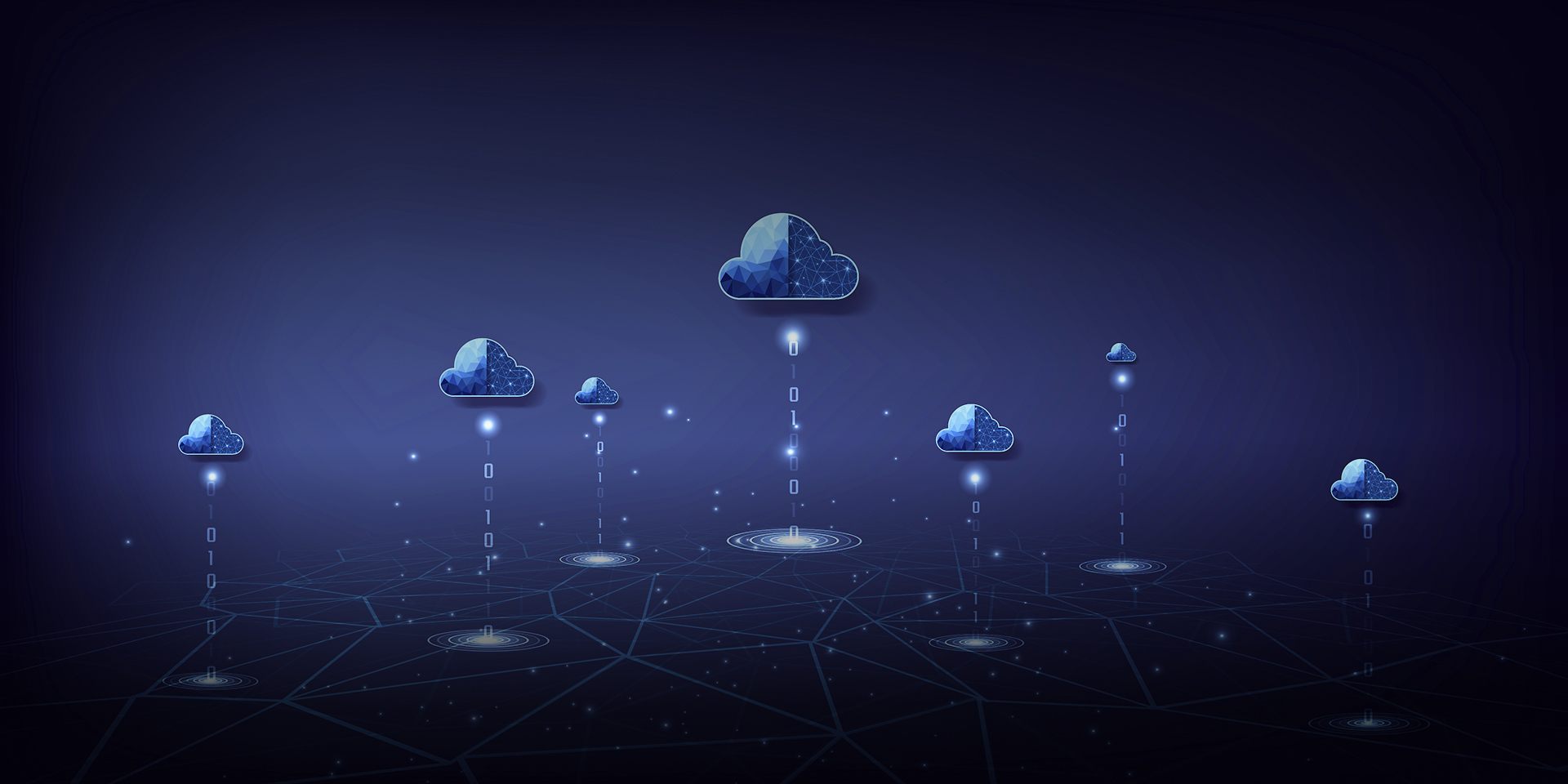Back to The EDiT Journal
Understanding RAG and KAG in EdTech
EDT&Partners is at the forefront of integrating advanced AI methodologies. We dive into two pivotal approaches: Retrieval Augmented Generation (RAG) and Knowledge Augmented Generation (KAG)


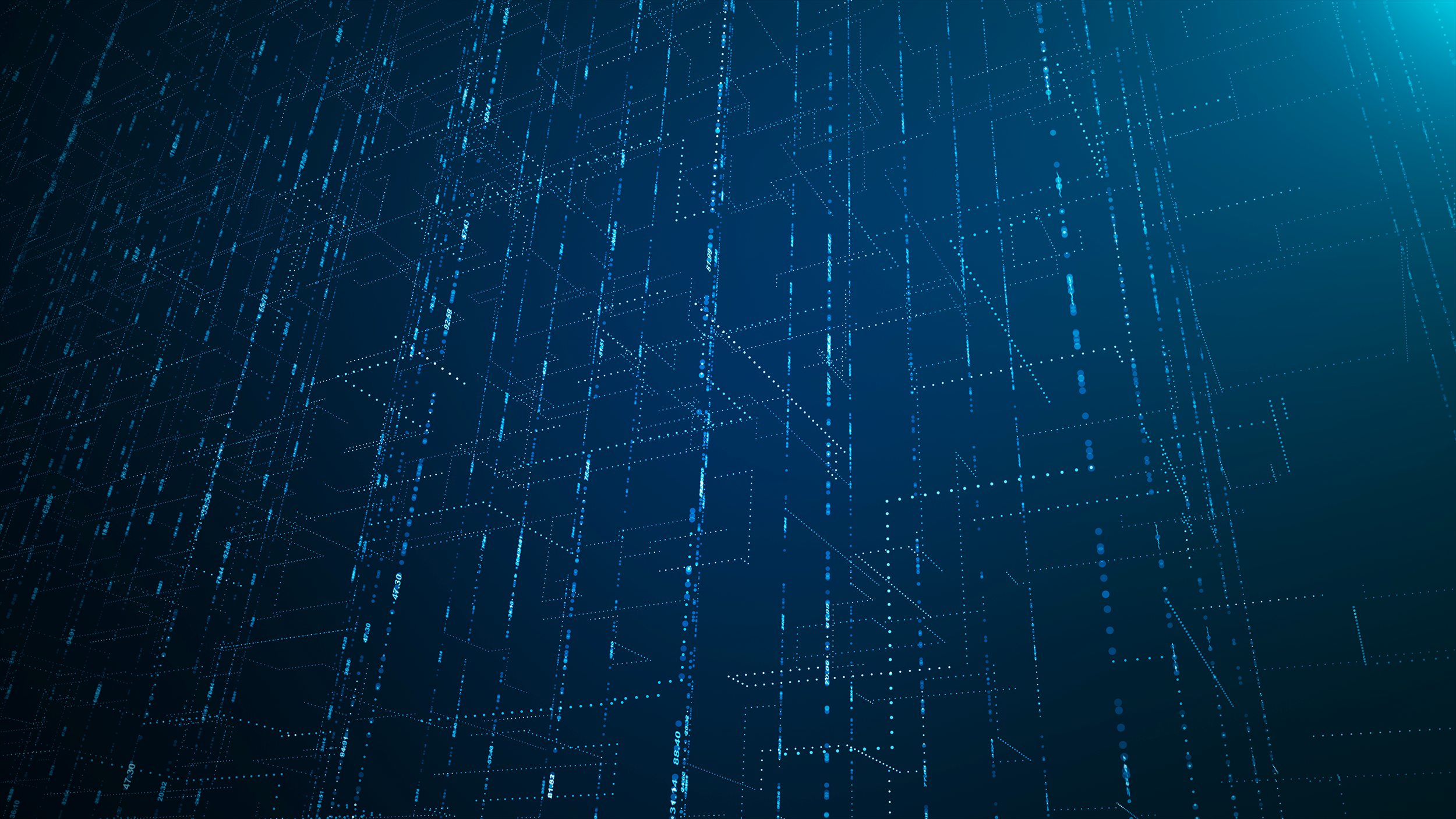
In this article
1. Insights from the EDT&Partners Innovations Lab
2. The Challenge
3. RAG vs KAG: A Comparative Overview
4. Key Enhancements and Their Impact
5. EDT&Partners’ Implementation in Real-World Projects
6. Conclusion
Generative AI is transforming how educational content is created, delivered, and personalized. In this article, we explore two key approaches—Retrieval-Augmented Generation (RAG) and Knowledge-Augmented Generation (KAG)—and how each enhances learning experiences in unique ways.
1. Insights from the EDT&Partners Innovations Lab
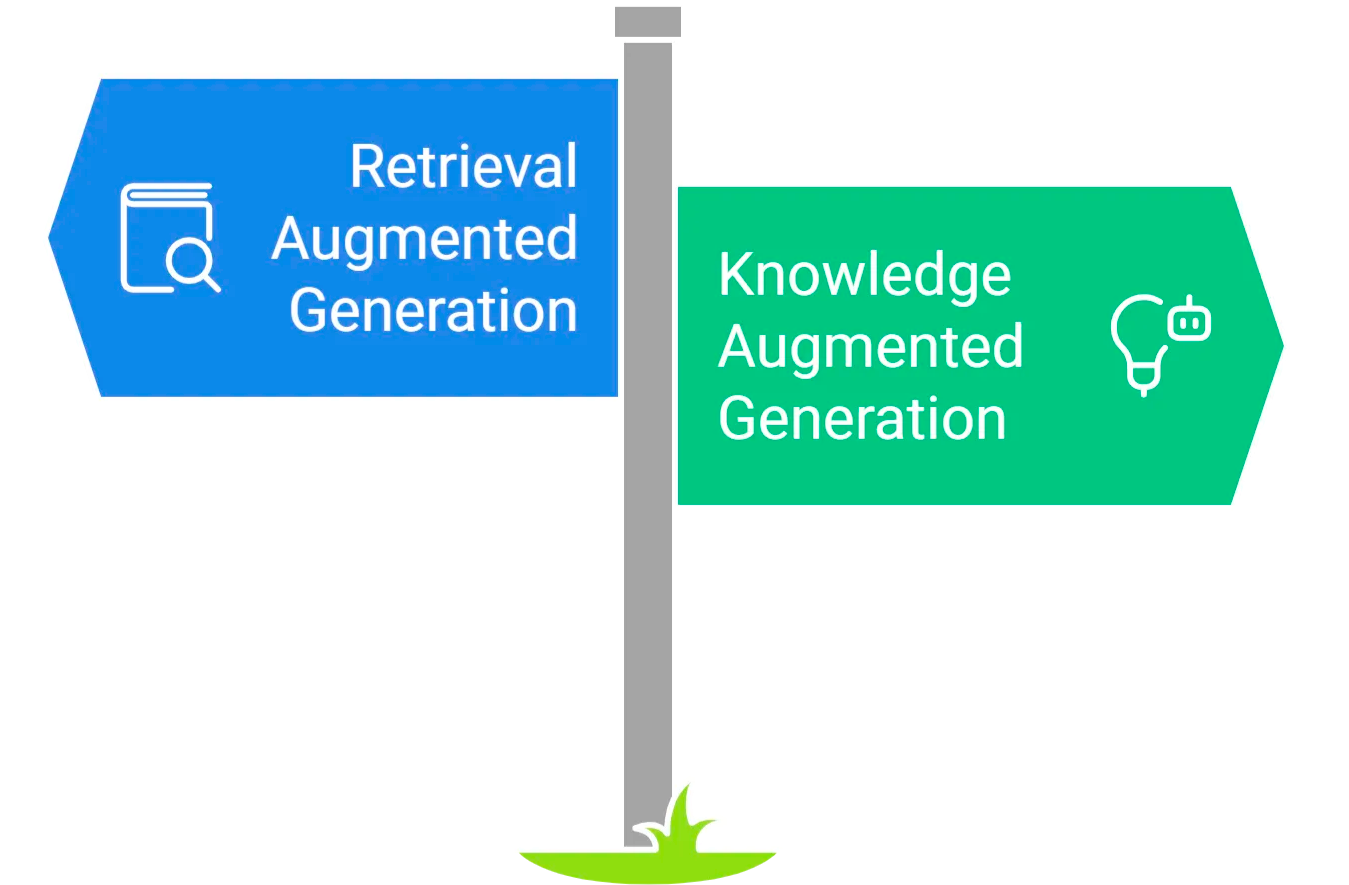
Generative AI continues to redefine industry boundaries, and in education, its impact is especially profound. At EDT&Partners, we’ve been at the forefront of integrating advanced AI methodologies into our projects. Today, we dive into two pivotal approaches: Retrieval Augmented Generation (RAG) and Knowledge Augmented Generation (KAG). Both strategies are reshaping how we deliver educational content, and we’ve successfully implemented each in various EDT projects.
2. The Challenge
Modern educational solutions require systems that can process, retrieve, and generate contextually rich content in real time. Whether for dynamic lecture summaries, personalized tutoring, or real-time exam question generation, achieving low latency, scalability, and cost-efficiency is essential. Traditional methods often struggle with these demands, leading to the exploration of augmentation techniques that combine retrieval capabilities with generative models.
For example, in an adaptive learning platform, RAG (Retrieval-Augmented Generation) can be used to provide students with precise answers to their queries by retrieving relevant textbook content before generating a response. On the other hand, KAG (Knowledge-Augmented Generation) would be more suitable for generating a structured curriculum summary or an in-depth explanation of a concept, ensuring the output aligns with predefined pedagogical principles rather than just retrieved information.
3. RAG vs KAG: A Comparative Overview
Educational AI systems must balance real-time adaptability with content precision, making the choice between Retrieval-Augmented Generation (RAG) and Knowledge-Augmented Generation (KAG) crucial.
Understanding RAG and KAG in EdTech
Retrieval-Augmented Generation (RAG) dynamically fetches external knowledge before generating responses. It is particularly useful in real-time learning applications where students or educators require the most up-to-date information or responses that adapt to different contexts.
Key benefits:
- Dynamic Context Injection: Pulls live data from research papers, knowledge repositories, or evolving course materials.
- Scalability: Efficiently retrieves and processes information from large content libraries.
- Flexibility: Adapts to a variety of learning materials, including multimedia lectures and student queries.
Example in EdTech: A virtual teaching assistant that helps students by retrieving the latest research articles, relevant textbook excerpts, or even recent discussions from academic forums before generating an explanation. This ensures that the response is not limited to static knowledge but reflects current insights.
Knowledge-Augmented Generation (KAG), in contrast, builds on pre-validated, structured knowledge sources, ensuring high accuracy and consistency. This approach is ideal for standardized educational content, such as assessments, compliance-based training, and structured curriculum generation.
Key benefits:
- Enhanced Consistency: Content is generated based on curated knowledge, ensuring accuracy.
- Contextual Precision: Structured metadata tagging helps maintain pedagogical integrity.
- Operational Efficiency: No need for real-time retrieval, content is pre-validated and ready for structured generation.
Example in EdTech: An AI-powered exam generator that constructs questions based strictly on accredited textbooks and pre-approved academic content, ensuring consistency in assessments across different student groups.
When to Use RAG vs. KAG in Decision-Making
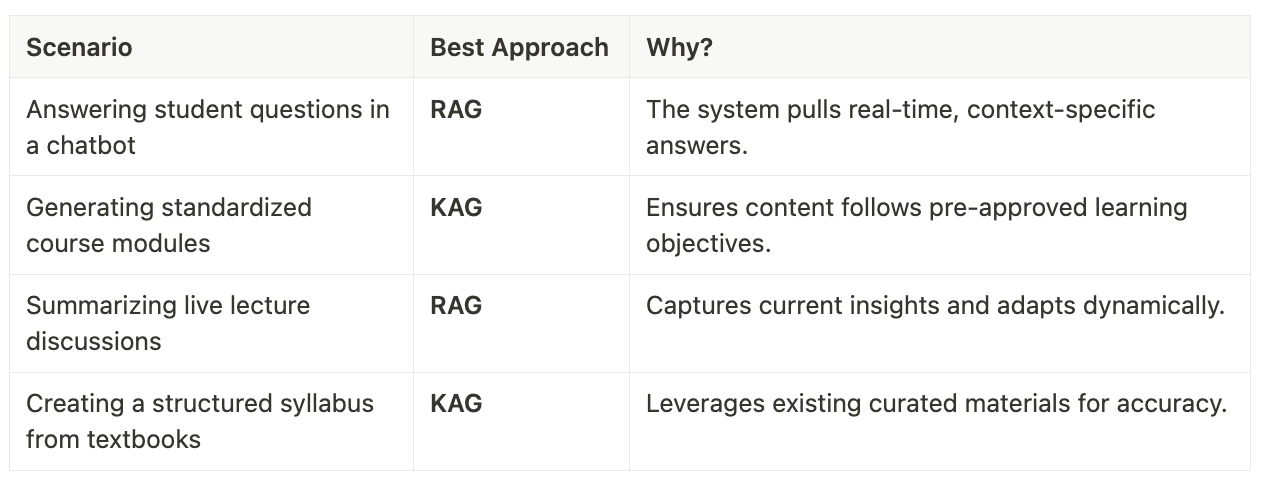
At EDT&Partners, we integrate both RAG and KAG, tailoring each to the specific needs of our educational AI projects. For example, in adaptive learning solutions, we use RAG for real-time student interactions and KAG for structured curriculum recommendations.
4. Key Enhancements and Their Impact
4.1. Dynamic Retrieval with RAG
In our RAG implementations, we utilize a robust retrieval engine that dynamically extracts relevant content from large datasets. This is especially useful for on-the-fly lecture updates and real-time exam question generation.
For example, a typical prompt in our RAG workflow is structured as follows:

The following Python snippet demonstrates how we integrate this prompt with our retrieval API:
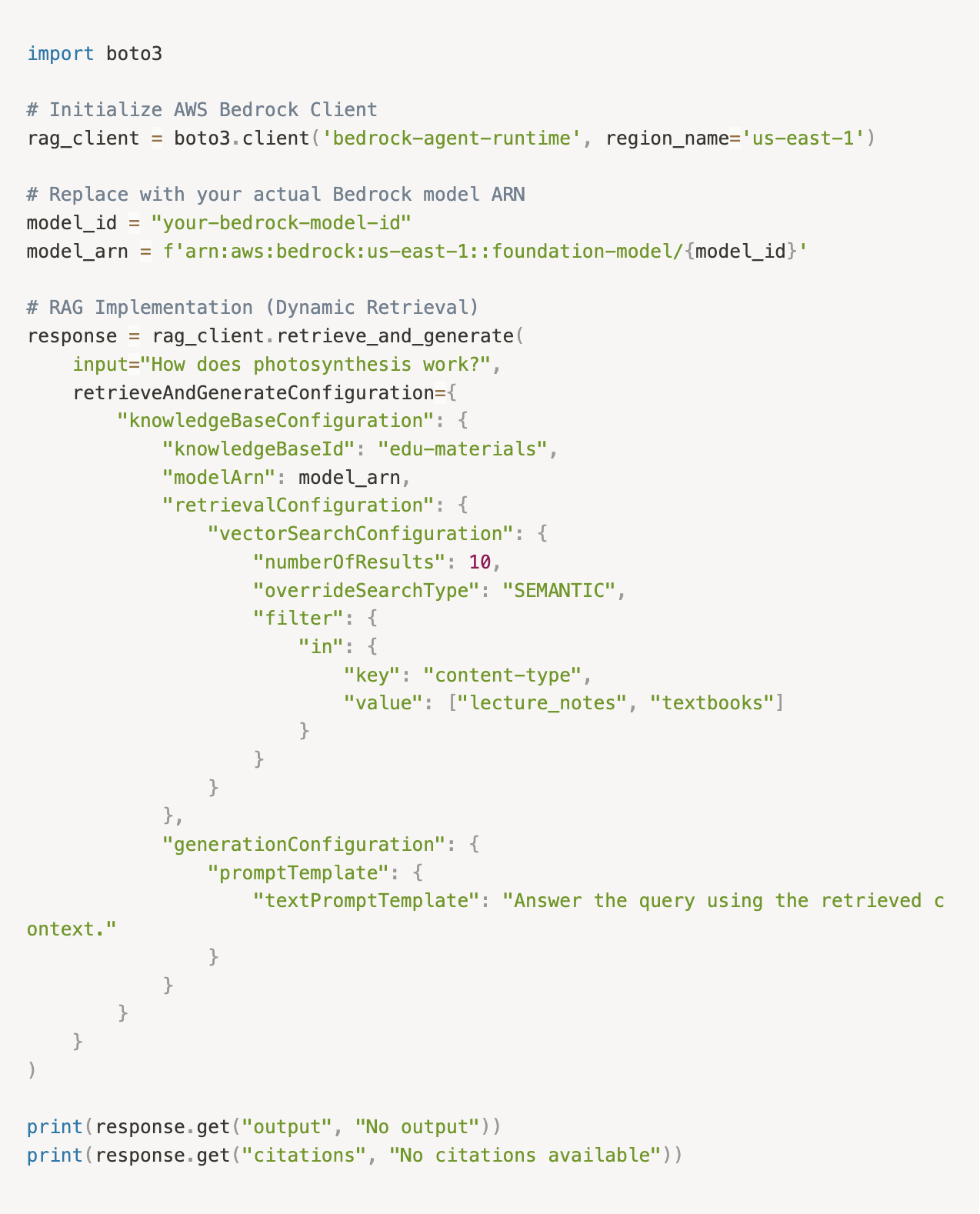
4.2. Curated Knowledge Integration with KAG
Our KAG approach ensures that the generative model is informed by a well-structured knowledge base. This is crucial for scenarios where accuracy is non-negotiable, such as generating standardized exam questions or delivering comprehensive course summaries.
A sample KAG prompt template may look like this:

4.3. Key Differences Between RAG and KAG in Implementation
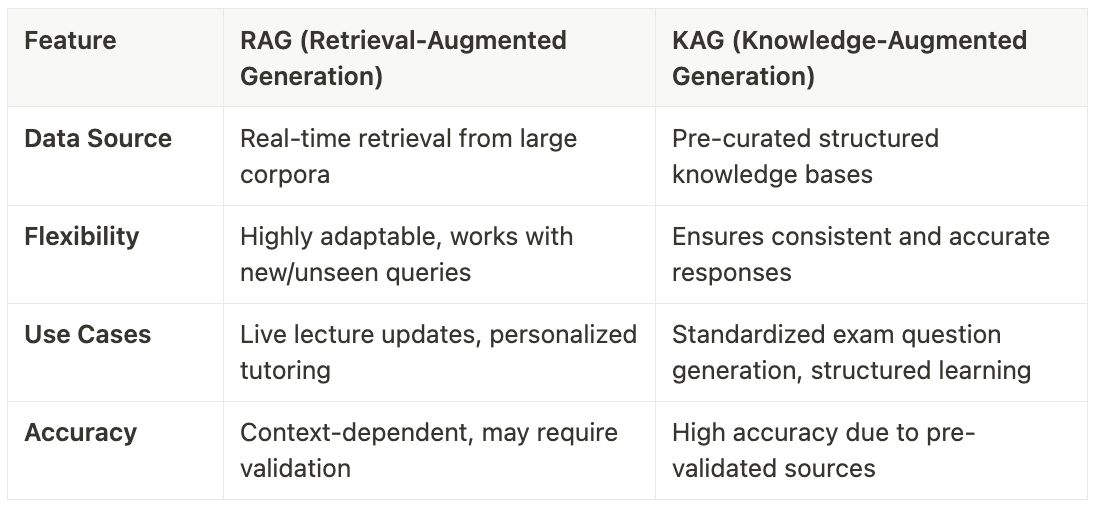
- RAG is best for dynamically retrieving up-to-date content.
- KAG is better when accuracy and structure are critical.
- Both methods complement each other, allowing systems like personalized AI tutors to mix real-time updates (RAG) with reliable foundational knowledge (KAG).
5. EDT&Partners’ Implementation in Real-World Projects
At EDT&Partners, both RAG and KAG have been integral to our projects:
- Dynamic Lecture Summarization: Using RAG, we deliver real-time, context-aware lecture summaries that adapt based on current classroom discussions and live feedback.
- Exam Question Generation: Leveraging KAG, we generate high-precision exam questions that adhere strictly to pre-validated educational standards.
- Personalized Learning Assistants: By integrating both approaches, our chatbots provide tailored assistance, drawing from live data as well as curated knowledge, to offer personalized tutoring experiences.
6. Conclusion
The future of education is being written in real time with AI-driven augmentation techniques. At EDT&Partners, our dual implementation of RAG and KAG not only sets a new benchmark for educational technology but also redefines the way learning experiences are delivered. By blending the agility of real-time data retrieval with the accuracy of curated knowledge, we’re ensuring that our solutions remain at the cutting edge of educational innovation.


.png)
.png)

